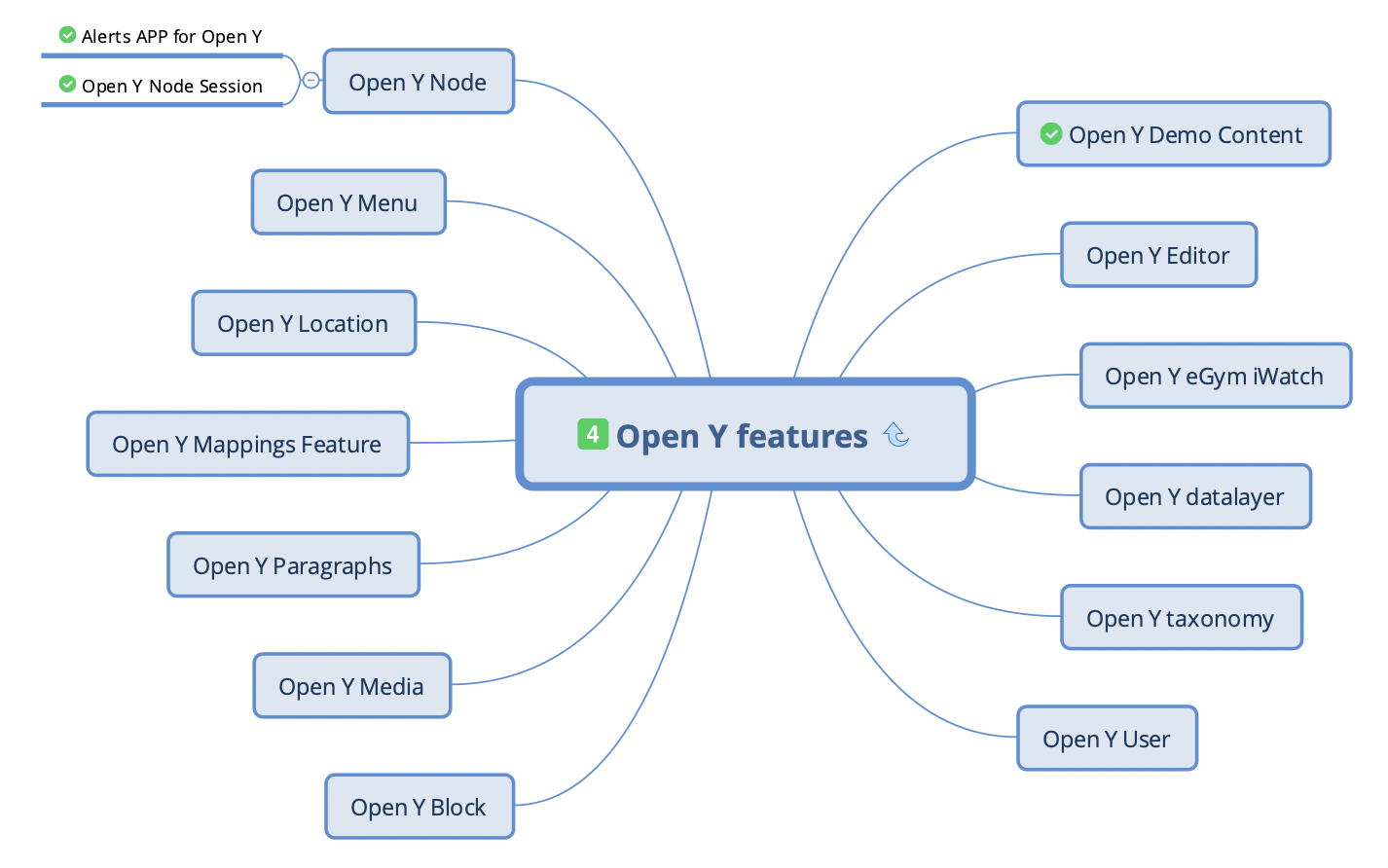Open Picture Y: A Comprehensive Guide To Unlocking Visual Content
Hey there, tech-savvy friend! Ever wondered what the buzz is all about when it comes to open picture y? Well, you're in for a treat. This article will take you on a journey through everything you need to know about accessing, managing, and utilizing open picture content. Whether you're a graphic designer, a digital marketer, or just someone who loves visuals, this guide has got your back. Let’s dive in and explore the world of open picture y, shall we?
In today’s digital era, visuals play an essential role in communication. From social media posts to website banners, pictures are everywhere. But what happens when you want to use images without restrictions? That’s where the concept of open picture y comes into play. It’s not just about opening pictures; it’s about understanding the rules, formats, and tools that make it all possible.
Before we get too deep, let’s clear something up. This article isn’t just another tech jargon-filled piece. We’re breaking it down in a way that’s easy to digest, with actionable insights and tips. So, whether you’re a pro or a newbie, there’s something here for everyone. Ready to learn more? Let’s go!
Read also:Jayz Height In Feet Unveiling The Iconic Rappers True Stature
What Exactly is Open Picture Y?
Alright, let’s start with the basics. Open picture y refers to the process of accessing, viewing, and sometimes editing image files without proprietary restrictions. Think of it like opening a door to a world of visuals where you have the freedom to explore, share, and even modify images as needed. But hold up—there’s more to it than just clicking “open.”
When we talk about open picture y, we’re not just referring to the act of opening a file. We’re diving into the formats, platforms, and tools that enable this process. For instance, are you familiar with PNG, JPEG, or SVG formats? These are just some of the file types that fall under the umbrella of open picture y. Each format has its own strengths and weaknesses, which we’ll cover later in this guide.
Why Should You Care About Open Picture Y?
Let’s face it—visuals are king in today’s digital landscape. Whether you’re creating content for your blog, designing graphics for a client, or simply sharing pics with friends, having access to open picture y can be a game-changer. Here’s why:
- Freedom to Create: With open picture y, you’re not tied down by restrictive licenses or formats. You can use images in any way you see fit.
- Cost-Effective: Many open picture resources are free or low-cost, making them a budget-friendly option for individuals and businesses alike.
- Enhanced Flexibility: Need to resize, crop, or edit an image? Open picture y gives you the tools and formats to do so effortlessly.
- Improved SEO: Using high-quality, royalty-free images can boost your website’s performance and search engine rankings.
These benefits are just the tip of the iceberg. As we delve deeper, you’ll discover even more reasons why open picture y is worth your attention.
Popular Formats for Open Picture Y
When it comes to open picture y, file formats matter. Not all image formats are created equal, and choosing the right one depends on your specific needs. Let’s take a look at some of the most popular formats:
1. PNG (Portable Network Graphics)
PNG is a widely-used format known for its lossless compression and support for transparency. If you’re working on web graphics or need to preserve image quality, PNG is a great choice. However, it tends to have larger file sizes compared to other formats.
Read also:Judith Kliban The Revolutionary Cartoonist Who Redefined Humor
2. JPEG (Joint Photographic Experts Group)
JPEG is perfect for photographs and images with lots of color variation. It uses lossy compression, which means some data is lost during compression, but it results in smaller file sizes. Ideal for web use where speed is crucial.
3. SVG (Scalable Vector Graphics)
SVG is a vector-based format that allows for scalable images without loss of quality. If you’re designing logos, icons, or illustrations, SVG is the way to go. Plus, it’s fully editable, making it a favorite among designers.
Tools for Managing Open Picture Y
Now that you know the formats, let’s talk about the tools. There are plenty of software and platforms out there designed to help you manage and edit open picture y content. Here are a few worth mentioning:
1. Adobe Photoshop
Love it or hate it, Photoshop remains the gold standard for image editing. With its robust features and user-friendly interface, it’s a must-have for professionals and hobbyists alike.
2. GIMP (GNU Image Manipulation Program)
Looking for a free alternative to Photoshop? GIMP is here to save the day. It offers a wide range of tools and plugins, making it a powerful option for those on a budget.
3. Canva
Canva is a cloud-based platform that’s perfect for beginners and non-designers. With its drag-and-drop interface and vast library of templates, creating stunning visuals has never been easier.
Where to Find Open Picture Y Resources
So, where can you find high-quality open picture y content? The internet is full of resources, but not all are created equal. Here are some of the best places to look:
- Unsplash: A treasure trove of free, high-resolution images for any project.
- Pexels: Another great source for royalty-free photos and videos.
- Freepik: Offers a wide range of vector graphics, photos, and PSD files.
- Pixabay: A community-driven platform with thousands of free images and illustrations.
These platforms not only provide access to open picture y content but also ensure that you’re using images legally and ethically.
Tips for Optimizing Open Picture Y for Web Use
Once you’ve found the perfect image, it’s time to optimize it for web use. Here are some tips to keep in mind:
- Compress Images: Use tools like TinyPNG or Compressor.io to reduce file sizes without sacrificing quality.
- Use Alt Text: Adding descriptive alt text improves accessibility and SEO.
- Choose the Right Format: As mentioned earlier, select the format that best suits your needs.
- Resize Appropriately: Ensure images are resized to fit your website or platform’s requirements.
By following these tips, you’ll ensure that your open picture y content looks great and loads quickly.
Legal Considerations for Open Picture Y
While open picture y offers plenty of freedom, it’s important to understand the legal implications. Not all images are truly “open” or free to use. Always check the licensing terms and conditions before incorporating images into your projects. Some popular licenses include:
1. Creative Commons
Creative Commons licenses allow creators to specify how their work can be used. Make sure to read the fine print to avoid any legal issues.
2. Public Domain
Images in the public domain are free to use without restrictions. However, attribution may still be required in some cases.
Case Studies: Success Stories with Open Picture Y
Let’s take a look at some real-world examples of how open picture y has been used effectively:
Case Study 1: A Blogger’s Journey
Meet Sarah, a travel blogger who struggled to find high-quality images for her website. After discovering open picture y resources like Unsplash and Pexels, her content improved dramatically. Her site now boasts stunning visuals that attract more visitors and engagement.
Case Study 2: A Small Business Owner’s Triumph
John, a small business owner, used open picture y tools to create professional-looking marketing materials. By leveraging platforms like Canva and Freepik, he saved thousands of dollars on design costs while maintaining a polished brand image.
Future Trends in Open Picture Y
As technology continues to evolve, so does the world of open picture y. Here are some trends to watch out for:
- AI-Generated Images: Artificial intelligence is revolutionizing the way we create and edit visuals.
- 3D Imaging: Expect to see more 3D images and models becoming accessible for open use.
- Augmented Reality: AR technology is opening up new possibilities for interactive visuals.
Stay ahead of the curve by keeping an eye on these emerging trends.
Conclusion: Unlock the Power of Open Picture Y
There you have it—a comprehensive guide to open picture y. From understanding the basics to exploring advanced tools and resources, this article has covered everything you need to know. Remember, the key to success lies in choosing the right formats, using the best tools, and respecting legal considerations.
So, what’s next? Take action! Start exploring the world of open picture y and see how it can transform your projects. Don’t forget to share this article with your friends and colleagues, and feel free to leave a comment below with your thoughts. Until next time, happy creating!
Table of Contents
- What Exactly is Open Picture Y?
- Why Should You Care About Open Picture Y?
- Popular Formats for Open Picture Y
- Tools for Managing Open Picture Y
- Where to Find Open Picture Y Resources
- Tips for Optimizing Open Picture Y for Web Use
- Legal Considerations for Open Picture Y
- Case Studies: Success Stories with Open Picture Y
- Future Trends in Open Picture Y
- Conclusion: Unlock the Power of Open Picture Y
Abingdon VA: Discovering The Heart Of Women's Empowerment And Community
Temporary Replacement: Your Ultimate Guide To Seamless Transitions [EP 2]
Hyungry The Replacement: The Ultimate Guide To The Rising Star In K-Pop

GitHub openysubprojects/openy_features Features from Open Y

Weekly Open Y Targets Indicator ⋆ Top MT4 Indicators (.mq4 or .ex4) ⋆

Premium Secrets For Open Y Open Y Success